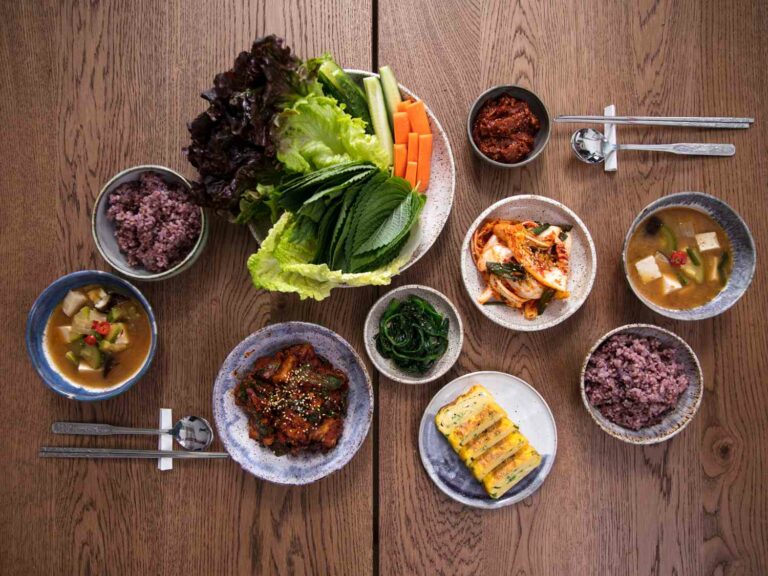Introduction: Dietary Restrictions in North Korea
North Korea is not typically thought of as a culinary destination, but the country’s cuisine is diverse and flavorful. However, for those with dietary restrictions, trying new foods can be difficult. Gluten-free, dairy-free, vegetarian, and halal options may be limited in North Korea, but there are still dishes that can accommodate these dietary needs.
Gluten-Free North Korean Dishes
Traditional North Korean cuisine uses a lot of grains, including rice, corn, and various types of noodles. These dishes are typically gluten-free, making them a great option for those with celiac disease or a gluten intolerance. One popular example is naengmyeon, a buckwheat noodle soup served cold with sliced meat, cucumber, and Asian pear. Another option is bap, a simple dish of steamed rice that can be paired with various side dishes such as grilled meat, vegetables, or kimchi.
Dairy-Free North Korean Dishes
Dairy is not commonly used in North Korean cuisine, making it easier for those with lactose intolerance or a dairy allergy to navigate the menu. However, some dishes may include small amounts of dairy, such as butter or cheese. One dairy-free option is jangjorim, a dish of boiled beef seasoned with soy sauce and spices. Another is hobakjuk, a sweet pumpkin porridge made with rice flour, water, and sugar.
Vegetarian North Korean Dishes
Vegetarianism is not common in North Korea, and many dishes include meat or seafood. However, there are still some vegetarian options available. One example is kimchi bokkeumbap, a stir-fried rice dish with kimchi, vegetables, and sometimes egg. Another is kongnamul gukbap, a soup made with soybean sprouts, tofu, and rice.
Halal North Korean Dishes
Halal options may be more difficult to find in North Korea as Islam is not widely practiced in the country. However, some dishes may be suitable for those following halal dietary restrictions. One example is bulgogi, a marinated beef dish that can be grilled or pan-fried. Another option is gimbap, a Korean version of sushi made with rice, vegetables, and sometimes meat or seafood.
Conclusion: Exploring North Korean Cuisine with Dietary Restrictions
Exploring North Korean cuisine with dietary restrictions may require some research and communication with servers or chefs. However, with the variety of gluten-free, dairy-free, vegetarian, and halal options available, there are still opportunities to experience the flavors and culture of North Korea’s cuisine. By trying these dishes, visitors can gain a deeper understanding and appreciation of this lesser-known culinary destination.

